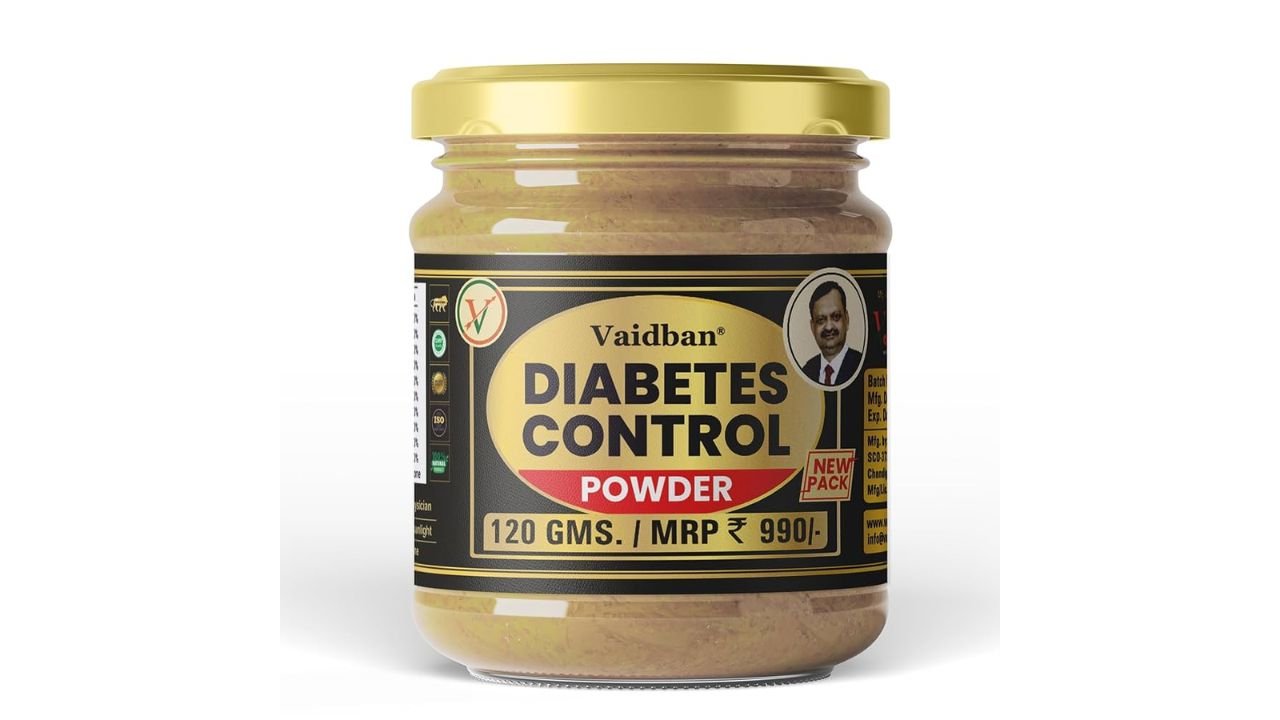Walk into any health store or scroll through wellness products online, and there’s a decent chance you’ll spot something called a diabetes control powder. Maybe tucked between protein blends and herbal teas.
The diabetes control powder doesn’t look like much—just a jar with a scoop. But the idea behind it? Managing blood sugar naturally, without needing more pills. That’s a pretty compelling thought, especially for people who’ve been tracking their blood glucose levels for years.
Why Are People Turning to Diabetes Control Powders?
The keyword isn’t just “diabetes” or “powder.” It’s control. That word carries weight.
Blood sugar can feel like a moving target. Eat the wrong thing? Spike. Sleep badly? Spike. Skip a walk? It shows. So when something offers “support,” even in powder form, people pay attention.
These products tend to blend plants, fibres, and minerals. Some have traditional roots. Others are pulled from modern research. Together, the mix aims to do something simple but powerful—help the body deal with sugar better.
What Are You Actually Drinking?
A decent diabetes control powder usually contains a mix of:
- Herbal extracts like bitter melon or moringa
- Fibre sources, often psyllium or chicory
- Minerals like chromium or magnesium
- Plant-based proteins to slow digestion
You may see unfamiliar words on the label—Trigonella foenum-graecum, Gymnema sylvestre—but they’re often used in traditional medicine.
The thing is, just because it’s natural doesn’t mean it’s always mild. Some of these compounds are potent. That’s kind of the point.
How Do These Ingredients Affect Blood Sugar?
Let’s be real—no powder’s going to magically stabilise sugar levels overnight. But certain compounds in these blends can help tweak the way your body handles glucose.
For example:
- Some slow carb absorption in the gut.
- Others increase insulin sensitivity in your cells.
- A few reduce appetite, which can indirectly lower sugar intake.
Chlorogenic acid is one such compound. Found in green coffee extract and sometimes bitter melon, it’s been researched for its impact on glucose absorption. Results are mixed, but interesting enough to keep studying.
Clinical Trials vs. Real-World Use
This part gets murky. Some ingredients have been tested in actual clinical settings. Others, not so much.
Fenugreek, for instance, has some data behind it. There’s a small but decent body of research showing that it might reduce post-meal sugar levels in people with type 2 diabetes.
But context matters. Was it used alongside medication? What dose? Was the powder standardised? Most of the time, consumer products don’t give those details.
So people end up experimenting. Trying a scoop a day. Seeing what changes. Not exactly scientific—but also not worthless.
A Quick Note on the Gut
You hear a lot about gut health these days, and in this case, it’s not just marketing noise.
Certain fibres in these powders don’t just slow digestion—they feed gut bacteria. And those bacteria can influence how your body manages sugar.
That’s why you’ll sometimes feel less hungry, or more stable, after taking a fibre-heavy formula. It’s not just filler—it’s feeding a whole system inside you.
What’s Worth Paying Attention To?
When checking the label, look for:
- The actual herbal names, not just “herbal blend.”
- Extract ratios (e.g., 5:1 means five grams of herb were used per gram of extract).
- Scientific-sounding terms that can actually be Googled.
You’ll also want to avoid anything packed with added sugar, which sounds ridiculous, but yes—it happens. Some powders meant for “diabetes support” are sweetened to make them more palatable.
Is It Safe to Take Long-Term?
Generally, yes—if you’re healthy and not mixing it with other medications without guidance. But if you’re already on blood sugar meds, there’s a chance for overlap.
You don’t want to combine something like berberine or high-dose cinnamon extract with drugs that already lower sugar. It could lead to drops you weren’t expecting.
Also, some people get digestive issues—bloating, cramping—especially when jumping into fibre-heavy blends too quickly.
Start slow. Watch how your body reacts. And maybe keep a journal. Not because it’s fun, but because your memory’s probably not as reliable as you think.
The Part No One Really Talks About
Sometimes these powders help because they make people feel in control again. It’s not about the ingredients alone—it’s about doing something.
Every scoop becomes a small daily ritual. For some, that’s enough of a psychological nudge to make better choices throughout the day.
Of course, that’s not science in the strictest sense. But motivation matters, too.
Final Thoughts
A diabetes control powder isn’t a cure. But if you pick one with thought, backed by some kind of scientific support, it might become part of a more balanced routine.
Look beyond the branding. Focus on what’s inside. Don’t expect overnight results, and don’t expect your body to respond like anyone else’s.
But if it makes your mornings feel steadier—or your afternoons less foggy—that counts.
Sometimes, “helpful enough” is the best outcome.



